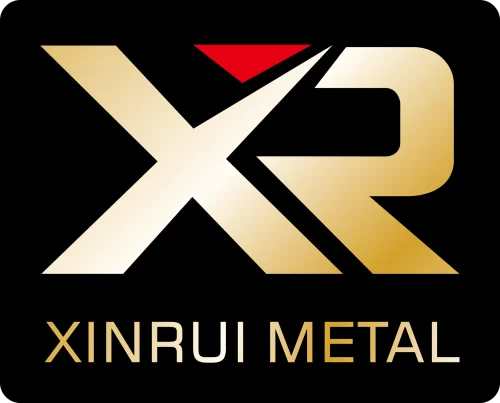Key elements of tinplate tin box design
Release time: Jun 28,2025
Tin boxes (also known as tinplate boxes) are widely popular for their durability, environmental friendliness, and diverse designs. Designing an attractive tin box requires not only functionality but also consideration of aesthetics, market positioning, and production feasibility. Here are some key elements of tin box design:
1. Box Shape and Size Selection
Box Shape Design: Common tin box shapes include round, square, rectangular, and custom designs.
Size: Depending on the use, sizes can range from small portable boxes (such as cosmetic boxes, candy boxes) to large storage boxes (such as tea boxes, food boxes).
2. Appearance Design
Patterns and Colors: The appearance of tin boxes usually uses high-quality printing techniques, such as screen printing and heat transfer, allowing for various patterns and colors to attract consumer attention. Common design styles include vintage, modern minimalist, and hand-painted styles.
Brand Logo: The brand logo needs to be clearly displayed in the packaging design to help consumers identify the brand. The brand's logo and name should consider placement and visual effects to ensure prominence.
Theme and Style: Depending on the target market, different themes can be designed for the tin boxes, such as festivals, seasons, environmental themes, nostalgic styles, etc., to attract specific consumer groups.
3. Functional Design
Opening Method: Tin boxes have various opening methods, including easy-open lids, sliding lids, and screw caps. The design should consider user convenience. Easy-open lids are more suitable for food products, while screw caps are suitable for products requiring high sealing.
Sealing: To ensure the safety and freshness of the items inside, sealing is very important. The design can consider using an inner lid or rubber ring for sealing.
Load-bearing Capacity and Durability: The durability of tin boxes is a major feature. The design should ensure that it can withstand a certain weight and pressure, preventing deformation or damage due to improper use.
4. Environmental Protection and Safety
Eco-friendly Materials: Modern consumers are increasingly concerned about environmental protection, so using environmentally friendly tinplate materials and avoiding the use of harmful substances is very important.
Non-toxic and Harmless: Especially for tin boxes related to food and cosmetics, the design must ensure that they are non-toxic and harmless and meet international food contact material standards.
5. Production and Cost Control
Production Process: The production process of tin boxes includes stamping, welding, printing, and coating. Select the appropriate process according to the design requirements to ensure cost control and production efficiency.
Cost Factors: The design should consider factors such as production costs, decoration, and packaging costs. Overly complex designs may lead to higher production costs, so a balance needs to be found between creativity and cost.
6. Use and Market Positioning
Use: Based on the actual use of the tin box (such as tea boxes, candy boxes, cosmetic boxes, etc.), the design should consider the product's functional needs to ensure that the tin box meets the requirements of actual use.
Market Positioning: The design should consider the target consumer group (such as young people, middle-aged and elderly people, children, etc.) and their aesthetic needs to ensure that the design style and content attract the target market.
The design of tin boxes is not just for packaging but also to enhance the overall attractiveness and value of the product. Designers need to combine market demand, product characteristics, and consumer psychology to carefully design tin box packaging that meets needs and is creative. Through reasonable structural design, appearance design, and functional configuration, a unique brand image can be created, and the product's market competitiveness can be enhanced.






